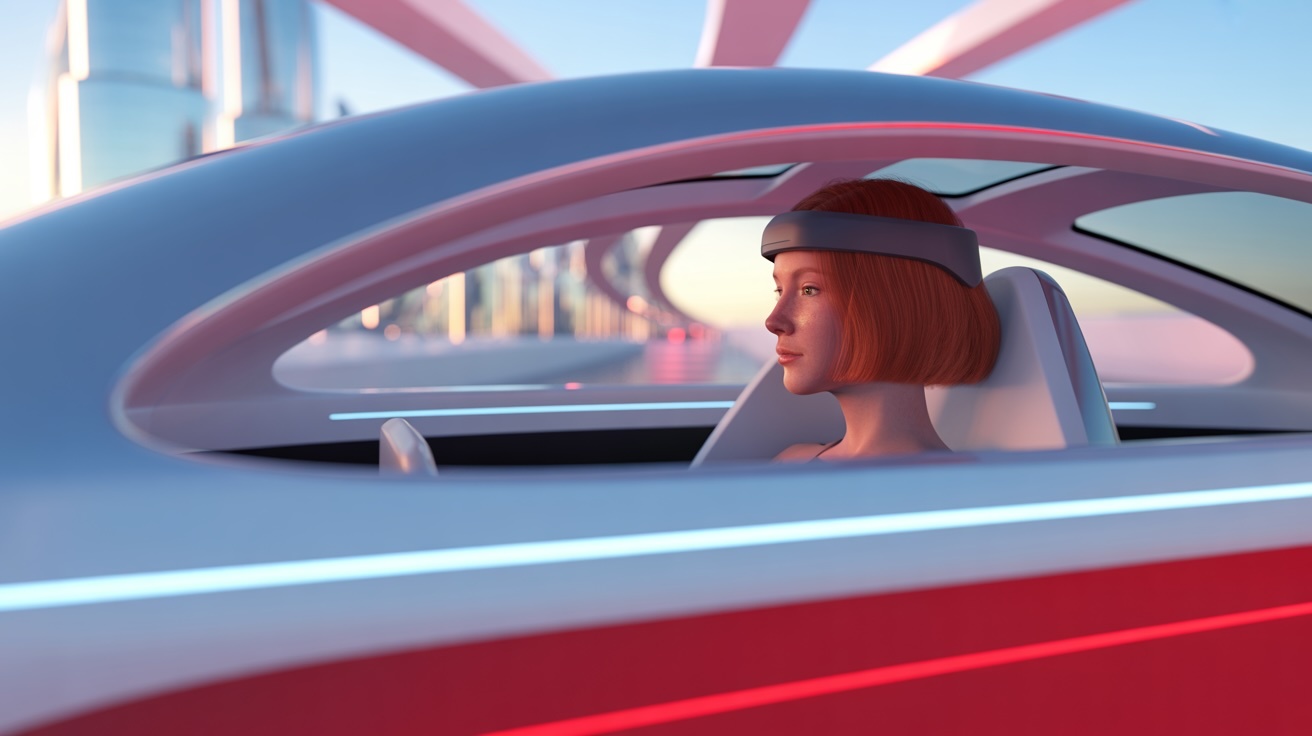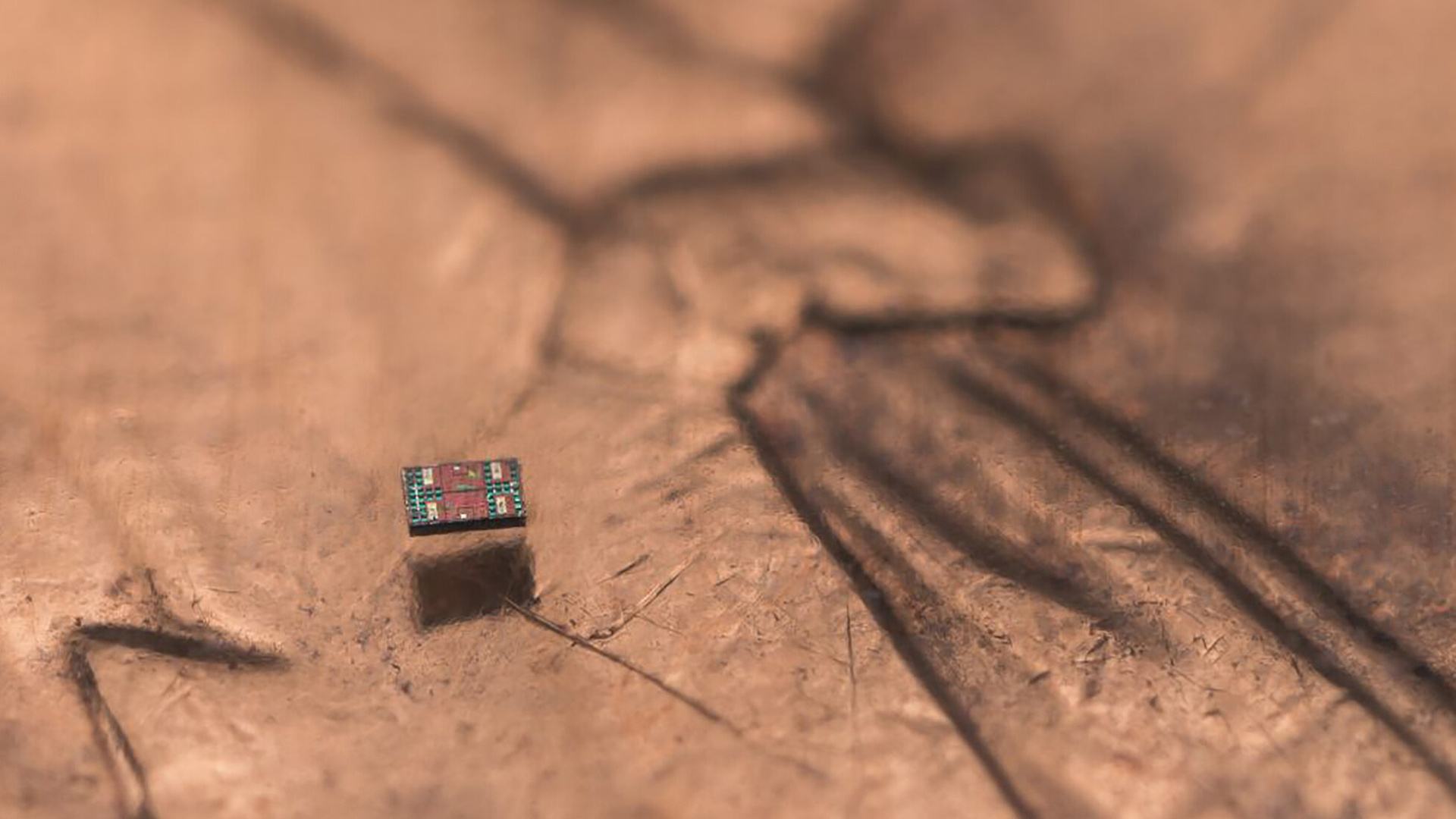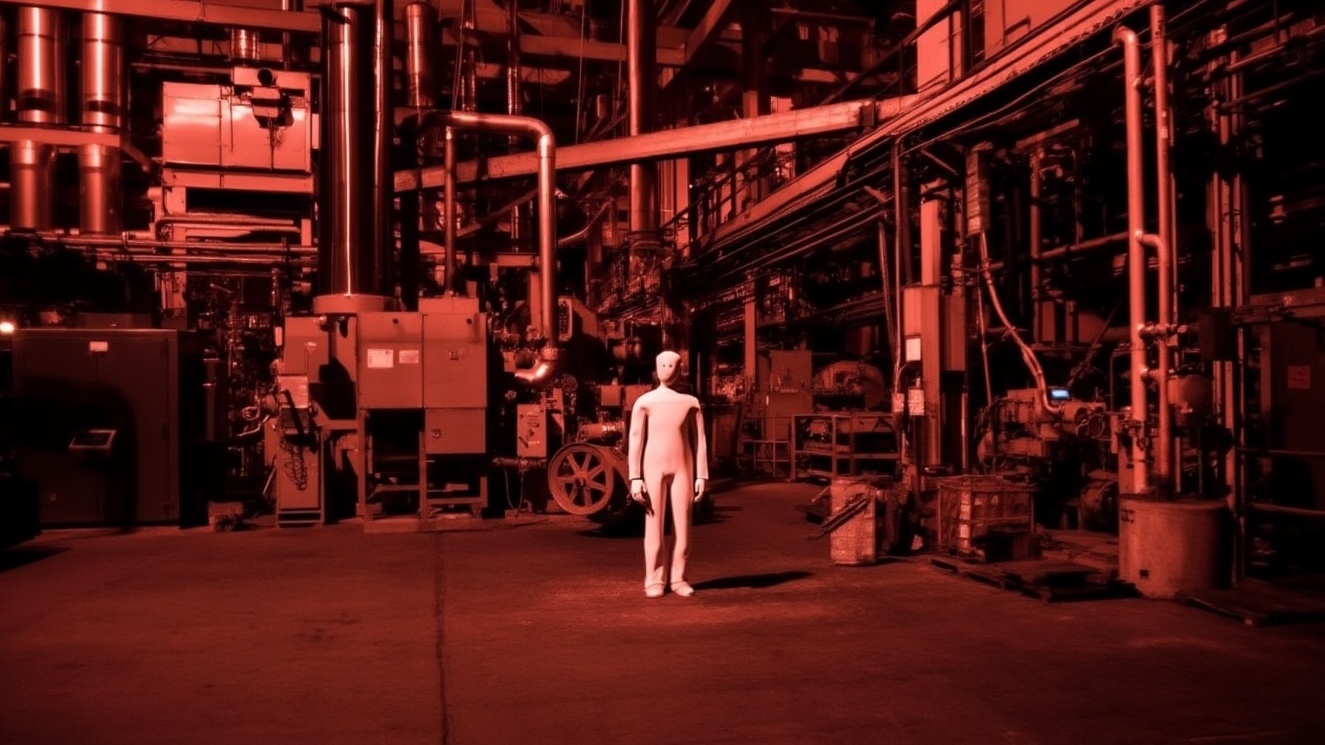Humanoid soccer is a wild mess
PLUS: Patients control AI and robotics with thought
Read Online | Sign Up | Advertise
Good morning, robotics enthusiasts. This weekend, fully autonomous humanoids hit the pitch in Beijing for a scrappy, no-holds-barred 3-on-3 soccer showdown.
No remote controls, no human handlers — just algorithms, vision sensors, and slow-motion collisions. It’s messy, it’s surreal, and it’s pushing the boundaries of what robots can do on their own.
In today’s robotics rundown:
Beijing’s robot soccer draws huge crowds
Tiny nasal microbots treat sinus infections
This survey bot works ‘8x faster’ than humans
Robot mimics the suction of an octopus
Quick hits on other robotics news
LATEST DEVELOPMENTS
CHINA ROBOTICS
🤖 Beijing’s robot soccer draws huge crowds

Image source: The RoBoLeague World Robot Soccer Cup/Facebook
The Rundown: Humanoids took center stage in Beijing this weekend, not for their grace or speed, but for a scrappy, fully autonomous 3-on-3 soccer match that ran entirely on AI — no human controllers, no remote pilots.
The details:
Each child-sized robot was equipped with sensors and onboard AI handling everything from field navigation to decision-making.
The result was a mix of slow-motion collisions, wobbly sprints, and occasional ball-hogging, all unfolding with an impressive level of autonomy.
Booster Robotics supplied its T1 humanoid for the match, while four university teams developed bespoke algorithms for perception, strategy, and movement.
Robots were engineered to right themselves after falling, with those unable to do so being carried off the field in stretchers by humans.
Why it matters: The RoboLeague tournament, a teaser for the World Humanoid Robot Games, is a way to ramp up interest and speed up advances in multi-agent AI and sensor tech. China’s massive investment in robotics turned these matches into both a proving ground and a spectacle — while comical at times, the AI is seriously impressive.
MEDICAL MICROBOTS
👃🏼 Tiny nasal microbots treat sinus infections

Image source: The Chinese University of Hong Kong (CUHK)
The Rundown: Researchers from China and Hong Kong developed a new swarm of microbots, no larger than a speck of dust, designed to treat stubborn bacterial infections deep within the sinuses.
The details:
In animal trials, the microbots were injected into the sinus cavity through a thin catheter placed in the nostril, allowing precise delivery to infection sites.
The robots are made from copper single–atom–doped bismuth oxoiodide that, when exposed to visible light via an optical fiber, produces heat.
The microbots then generate reactive oxygen species (ROS), which break down bacterial biofilms and directly kill bacteria.
After treatment, patients can simply blow their nose to expel the microbots, ensuring they do not remain in the body.
Why it matters: Published in Science Robotics, this approach is part of a growing trend of micro- and nanobots used in medicine, with researchers saying its clinical use could be about five to 10 years away, pending further safety and regulatory approvals. Its potential also extends beyond the sinuses to treat other infections.
CIV ROBOTICS
🚜 This survey bot works ‘8x faster’ than humans

Image source: Civ Robotics
The Rundown: San Francisco’s Civ Robotics just landed $7.5M in fresh funding for its new CivDot, a compact, speedy rover that surveys construction sites up to eight times quicker than humans.
The details:
To use CivDot, operators simply upload a CSV file with project coordinates, and it autonomously moves to each point, marking it with spray paint or a laser.
In a single day, CivDot is capable of marking up to 3K points or laying out up to 25 miles of lines — humans can typically mark a few hundred points a day.
The company says its robot maintains surveying accuracy within 8mm, ensuring that site layouts are precise for complex construction tasks.
Over 100 units have already been deployed worldwide, with major industry players such as Bechtel and Bobcat Company adopting the tech.
Why it matters: Rivals like Trimble and Built Robotics are pushing their own solutions — from advanced surveying drones to AI-powered layout robots — each vying to streamline the time-consuming process of site surveys. CivDot stands out for its simplicity and adaptability, letting even novice operators upload a map and let the robot do the rest.
UNIVERSITY OF BRISTOL
🐙 Robot mimics the suction of an octopus

Image source: University of Bristol
The Rundown: Inspired by the ingenious grip of an octopus, researchers at the University of Bristol engineered a soft robotic suction cup that “thinks” for itself — adapting to surfaces in real time, no central computer required.
The details:
The suction cup is modeled after octopus suckers, combining a flexible, multiscale silicone structure with a water-based seal.
Its pliable material mechanically adapts to rough, curved, or irregular surfaces, reducing gaps between the sucker and surface to near microns.
When tested on dry rocks and shells, the cups maintained grip up to 55 times longer than traditional suction systems, without pumps or noisy compressors.
It can detect air, water, roughness, even pulling force, and instantly modulate suction pressure in milliseconds.
Why it matters: The real breakthrough is the suction cup’s embodied intelligence: a built-in fluid system that senses leaks, roughness, force, and then tweaks suction in milliseconds. This isn’t just sticky — it’s adaptive, and could transform everything from fruit-picking robots to surgical tools.
QUICK HITS
📰 Everything else in robotics today
Genesis Robotics, a startup cofounded by ex-Mistral employee Theophile Gervet, reportedly closed an $85M round just six months after launching.
Elon Musk said Neuralink’s brain-computer interface could ultimately allow people to operate an entire Tesla Optimus humanoid with their minds.
Samsung is reportedly aiming to secure a first-mover advantage in the robotics camera module market by developing advanced vision systems for humanoids.
Korea's Atomic Energy Research Institute unveiled ARMstrong Dex, a humanoid robot that can lift up to 441 pounds in each arm.
The Unitree G1 humanoid became the first robot to ring the Nasdaq opening bell with the launch of the KraneShares Global Humanoid and Embodied Intelligence Index ETF.
The UK’s Nuclear Decommissioning Authority is investing up to $13M over four years to deploy robots for sorting and segregating radioactive waste at a nuclear site.
Dyson launched a robotic farming initiative featuring its Hybrid Vertical Growing System, which it says boosted strawberry yields by about 250% in a pilot test.
Ukraine's Defense Ministry announced that it will deploy around 15K combat robots this year, including a new ground-based combat robot system called Murakha.
Carnegie Mellon researchers developed a sensing system called SonicBoom that allows robots to use sound to sense the objects they touch.
Mytra, an industrial robotic company founded by alumni of Tesla and Rivian, announced a 100K-square-foot factory in Brisbane, California, to develop new robots.
China’s Huagong Technology developed a laser weeding robot equipped with data models of thousands of crop and weed varieties and an AI vision system.
COMMUNITY
🎥 Watch our latest workshop
Check out our latest workshop on how to build advanced n8n agents that react, research, and automate like pros, with Dr. Alvaro Cintas, The Rundown’s AI professor
Watch it here. Not a member? Join The Rundown University on a 14-day free trial.
See you soon,
Rowan, Jennifer, and Joey—The Rundown’s editorial team
Stay Ahead on AI.
Join 2,000,000+ readers getting bite-size AI news updates straight to their inbox every morning with The Rundown AI newsletter. It's 100% free.






